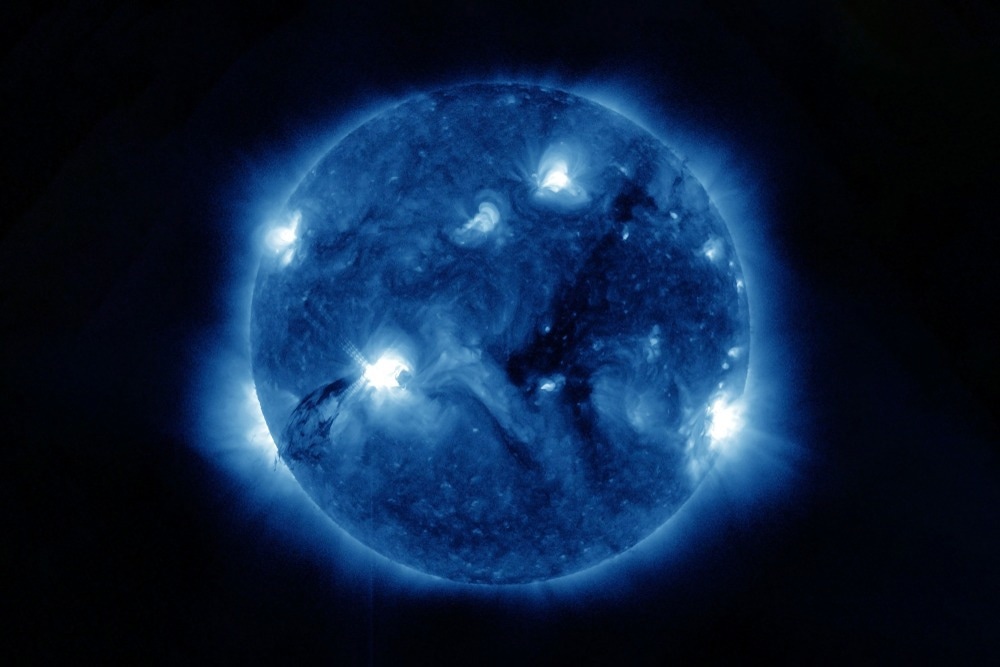With the observational data obtained from the Hard X-Ray Modulation Telescope (HXMT), the initial X-Ray astronomical satellite of China, Dr. Guoqiang Ding from the Xinjiang Astronomical Observatory of the Chinese Academy of Sciences, together with his collaborators, analyzed the hard X-Ray tail of neutron star low-mass X-Ray binaries (NS-LMXBs).

Image Credit: Artsiom P/Shutterstock.com
The study outcomes were reported in The Astrophysical Journal on June 12th, 2023.
In the past few years, observations of X-Ray astronomical satellites have displayed that the hard X-Ray tail above around 30 keV in Z sources, classified to NS-LMXBs, is detected unexceptionally. The effective area of the high-energy detector of HXMT is up to 5000 cm2 and its observational data are very favorable for learning the hard X-Ray tail of Z sources.
The scientists systematically examined and fitted the high-energy spectra of Scorpius X-1 (a Z source) in 30-200 keV, noted by HXMT, and discovered a power-law component in the high-energy spectra of eight observations.
The study outcomes displayed that the power-law component of Sco X-1, known as the hard X-Ray tail, turned out to be hard and weak together with the evolution track in the hardness-intensity diagram.
The common fitting of the broadband spectra (2-200 keV) denoted that the hard X-Ray tail of Sco X-1 could be leading to the up-scattering Comptonization of the X-Ray photons liberating from the surface of the neutron star by the thermal electrons in the region between the neutron star and the accretion disk, and the energetic electrons in the free-fall toward the neutron star in the converging flow onto the neutron star.
Our study proposed an alternative mechanism for hard X-ray tail producing in NS-LMXBs.
Dr. Guoqiang Ding, Xinjiang Astronomical Observatory, Chinese Academy of Sciences
Journal Reference
Ding, G. Q., et al. (2023) Insight-HXMT Detections of Hard X-Ray Tails in Scorpius X-1. The Astrophysical Journal. doi.org/10.3847/1538-4357/accf91.